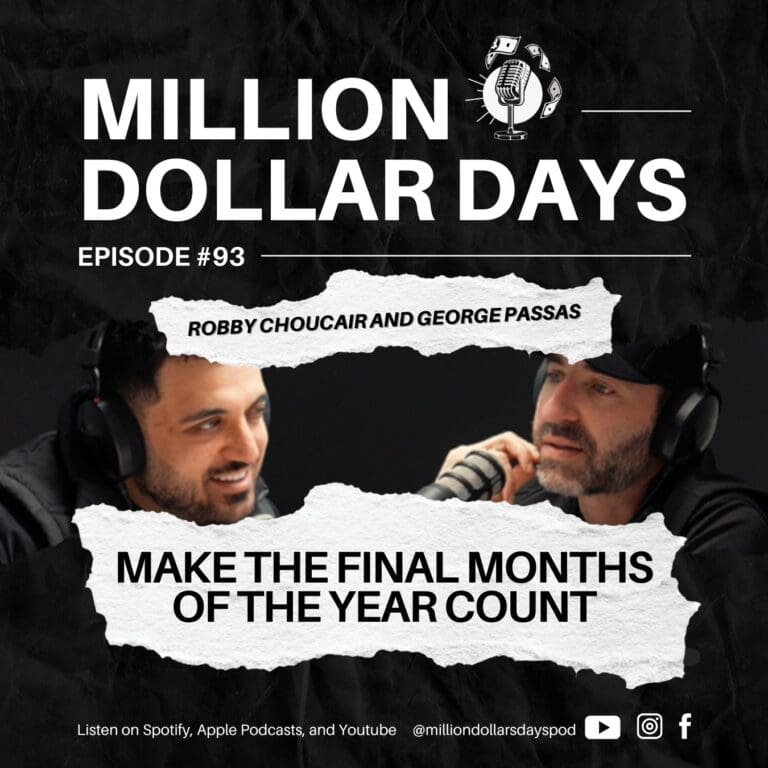As we find ourselves deep into August, the realization that we’re approaching the final stretch of the year can be jarring. In our recent podcast episode, we explored this phenomenon and dove into strategies for making the most of these remaining months.
Time perception is a fascinating psychological concept. When we’re young, time seems to stretch endlessly before us, but as we age, it appears to accelerate. This year has been no exception. Already eight months down, many of us are wondering where the time has gone. This acceleration effect happens because as we age, each individual day represents a smaller fraction of our total lived experience. Additionally, routine can make time blur – when each day resembles the last, they tend to compress in our memory.
Goal-setting plays a crucial role in combating this time compression. We discussed how many of us set ambitious goals at the beginning of the year but fail to revisit them regularly. What’s interesting is how our priorities naturally shift throughout the year. Goals that seemed essential in January might no longer resonate by mid-year. This isn’t a failure – it’s an evolution. The key insight we shared is that there’s no rule saying you must wait until January 1st to reassess and reset your goals. You can – and should – rewrite them whenever they no longer excite or motivate you.
We explored the critical difference between feeling busy and being productive. Many professionals find themselves caught in a cycle of activity without achievement – constantly doing things without moving the needle on what truly matters. This distinction becomes especially important as year-end approaches. Strategic focus on fewer, higher-impact activities often yields better results than trying to accomplish everything at once.
Work culture emerged as another vital topic in our conversation. Creating an environment where team members feel engaged and valued doesn’t happen accidentally. It requires intentional leadership choices – from implementing recognition systems to establishing clear company values that everyone can rally behind. Breaking projects into smaller “sprints” with celebrations at key milestones creates momentum and prevents team burnout on long-term projects.
The concept of “work-life balance” came under scrutiny in our discussion. Rather than striving for perfect equilibrium between work and personal life (which often proves elusive), we suggested focusing on presence – being fully engaged wherever you are. When at work, be fully at work. When with family, be fully with family. This presence-based approach yields greater satisfaction in both domains.
For business owners and leaders, breaking through growth ceilings requires strategic planning. We discussed how the final months of the year present an opportunity to evaluate what’s working, what isn’t, and where additional resources might need to be allocated. Sometimes, breaking these ceilings means investing ahead of revenue – a calculated risk that can yield substantial returns.
Personal health goals often get deprioritized as the year progresses. We shared strategies for recommitting to fitness and wellness goals during these final months, noting that small consistent actions typically outperform dramatic short-term changes. The psychological boost from improved physical health often positively impacts other areas of life as well.
As we move toward the end of the year, the most important question becomes: what’s the ONE thing you’ll focus on that will make everything else easier or unnecessary? By identifying this north star priority, you can make the remaining months count in ways that random activity never could. Remember: time stops for no one, but how you use it remains entirely within your control.
